Anglers Booking Team
The expert copywriters at Anglers Booking have meticulously crafted this article. Our dedicated team of writers provides valuable insights and information to enhance your angling experience.
 12 minutes read
12 minutes readThe underwater world of seas and oceans often surpasses all achievements and wildest imaginations, with unusual life forms that are frequently bizarre and confusing but fascinating. Such is the case with Sawfish and Sawshark, two unusual hunters with saw-like snouts, each bringing flair to the marine world. They look alike but come from totally different families.
Sawfish belong to the Pristidae family and are more closely related to stingrays, while Sawshark is a member of the Shark family. One is a giant who secretly lurks in the coastal waters, and the other is an unusual hunter with a gift for navigating the depths.
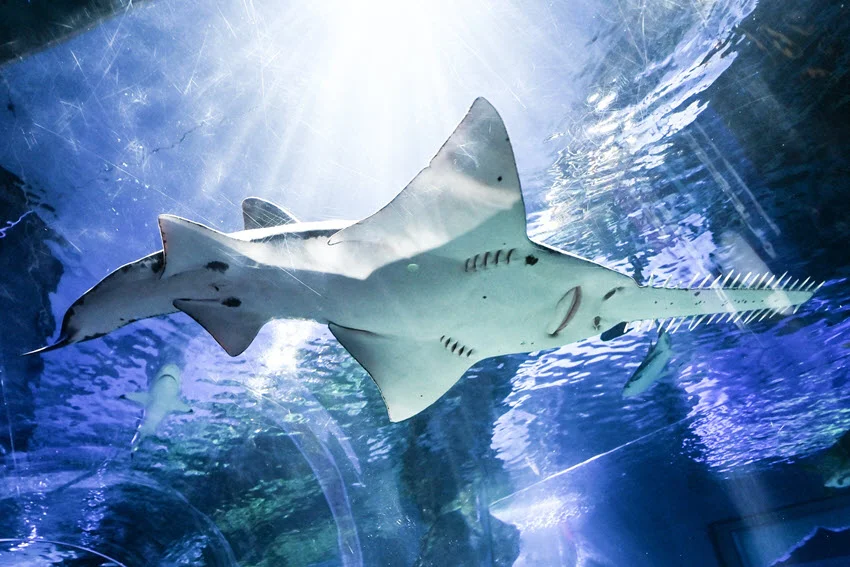
Does that sound intriguing? You're about to meet Sawfish and Sawshark, fish that share the name "Saw," but these two are entirely different in how they live and hunt. Stay with us if you have ever wondered what distinguishes them and why one hugs the coast and the other prefers deeper seas.
We will try to answer all your questions and take you on a journey through their mysterious habitats and unique behaviors! This showdown promises to be anything but ordinary, so stay tuned!
It's easy to confuse these two fish because of their toothy snouts. However, their strength is not only in that specific appearance. Once you know the details, you'll see how unique each of these fascinating creatures is. So, let's further explore their key differences!
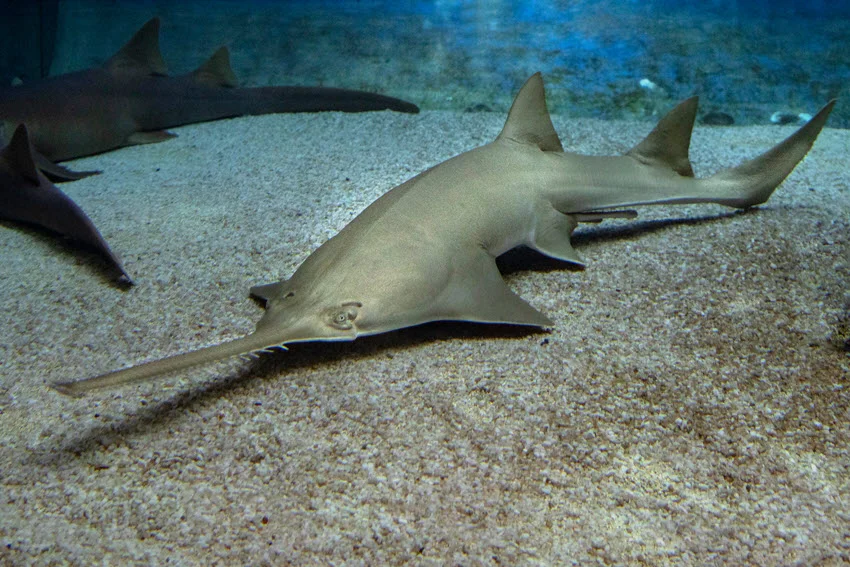
Undoubtedly, the Sawfish takes the heavyweight crown in size and weight. As true ocean giants, these fish can grow to an impressive 23 feet long and weigh over 1,000 pounds. As one of the largest creatures in the sea, their massive size gives them an advantage in shallow coastal waters, where they dominate with their powerful speakers.
Sawsharks are significantly smaller and lighter. They usually do not exceed about 5 feet and weigh only a few dozen pounds. While they may not have mass, their slender, streamlined bodies are veritable rockets that enable fast and precise navigation and make them highly agile and nimble hunters.
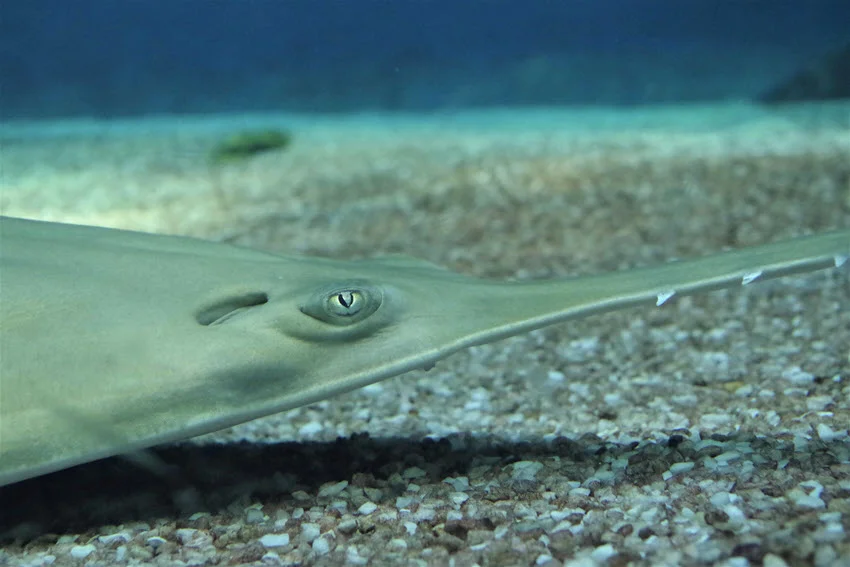
With colors and markings, Sawfish plays a much more even, subtle card. Their body color ranges from grayish to brownish, making hiding from predators and prey easier as they lurk near the ocean floor. Sawshark, on the other hand, is a bit more creative with its appearance, so its body colors range from a mixture of fawn, brown, or even mottled markings.
It's not a rule, but you can even encounter specimens with these spots or stripes along their bodies, which helps them blend into rocky or deeper environments. If we speak in style and fashion, Sawfish, with unique color and markings, offers an elegant, stealthy vibe, preferring to keep things subdued and restrained. Saw sharks bring a touch of pattern and extravagance to a sea party!
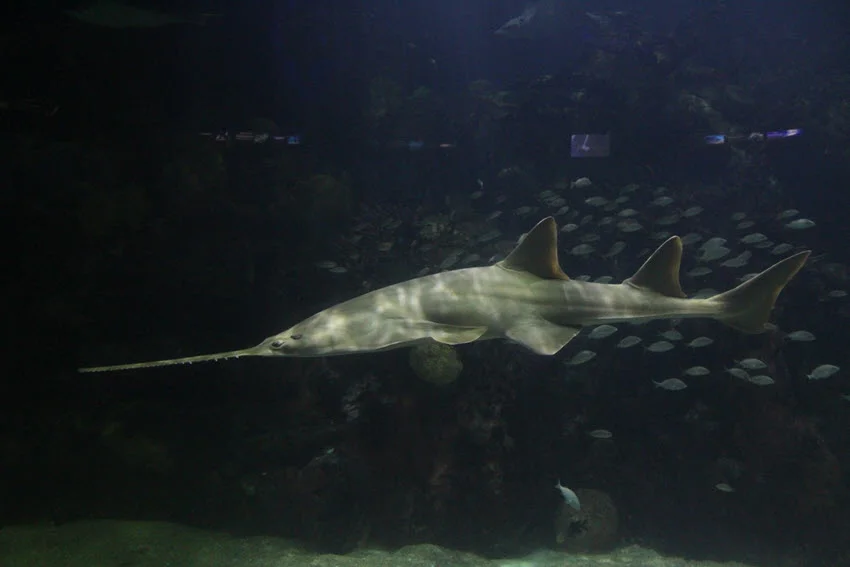
The lifespans of both species vary, but not so much. Sawfish are generally longer-lived; some species live up to 30 years or more. Because of this, they grow and mature slowly, spending decades patrolling coastal waters and honing their hunting skills. The downside to such longevity is that they are susceptible to environmental changes and overfishing, making their conservation critical and rarely reaching their full life potential.
In ideal conditions, Sawsharks live about 15 to 20 years, a respectable age for a smaller predator from the depths. Their faster growth and shorter life span mean they mature faster, allowing them to adapt quickly to environmental changes. However, these fish are also subject to frequent fishing.
The Sawfish and the Sawshark may share some physical traits, but their habitats and behaviors are miles apart. However, both predators master their environment in very different ways. Find out below why and in which habitats they live.
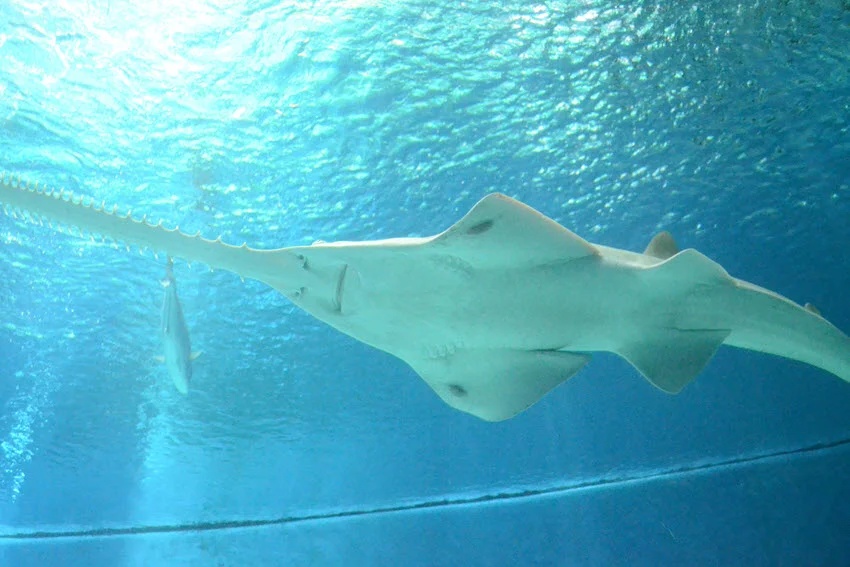
If you're looking for Sawfish or Sawshark, you'll have to venture into two very different types of water. Thus, the Sawfish's habitat is in warm, shallow coastal areas, often near estuaries, rivers, and mangroves. They swim in saltwater and freshwater environments, especially in regions such as the Indian and Pacific Oceans and along the coasts of Australia and the southeastern United States. They like to slide on sandy or muddy bottoms and blend in with their surroundings, so focus on those areas.
Sawsharks are the stars of the deep and darker parts of the ocean. They are elusive creatures that hang out in the deep waters of the western Pacific, around Australia and Japan. They avoid freshwater and shallow waters, preferring the depths for which nature has equipped them with keen senses to navigate dark environments and ambush prey.
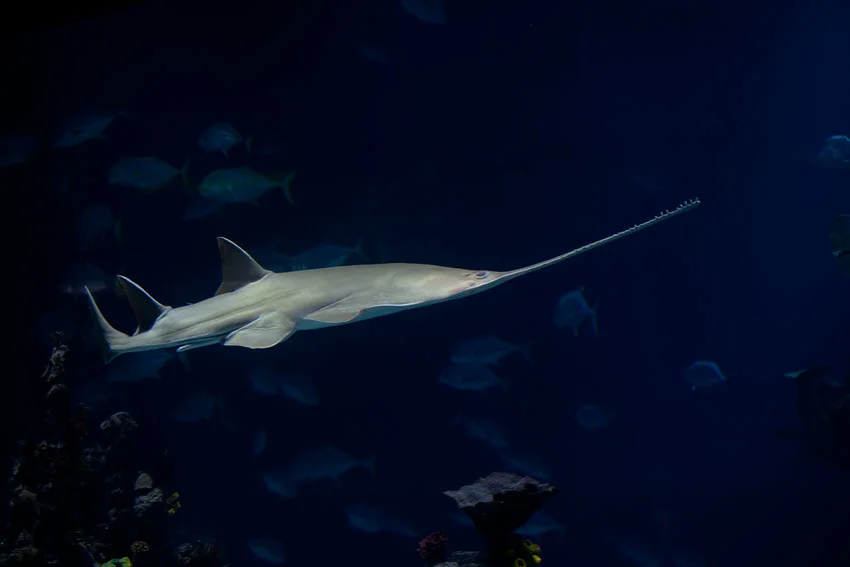
Seasonal changes significantly impact life below the water surface, and Sawfish and Sawshark adapt accordingly. Water temperature, food availability, and daylight shifts all influence their movement and feeding behavior. As the seasons change, so do their patterns, making timing and location key factors for any successful catch. Anglers must follow the changes to see them on their hook.
Spring brings the awakening of the underwater world, the heating up of the year-round season, and changes in rhythm after winter. Sawfish move closer to the coasts and estuaries, focusing their energy on making up for everything they lose during the winter and fishing in the rich coastal areas. Sawsharks become more active in the ocean's deeper, darker parts, preferring smaller fish and crustaceans more intensely. Spring is the perfect time to locate and study them in their habitats.
Summer is the warm weather season; temperatures rise, and both predators adjust their behavior. Sawfish stay in shallower, warmer waters but reduce activity during the hottest days, seeking shelter in shady or deeper areas. Sawsharks, almost always loyal to the depths, still use them to escape the heat and stay active, especially in the early morning or late evening. The summer season is an opportunity for more careful monitoring of their movements and habits.
Fall marks the approaching end of the year-round cycle. Sawfish become more aggressive in hunting to prepare for the colder period. Sawsharks remain active in deeper waters, feeding much more intensively before winter stagnation. All of this makes fall the season that brings perfect conditions for those who want to catch them before they become less active.
Both predators calm down considerably during the winter due to the colder waters. Sawfish retreat to deeper waters or calmer coastal areas with more stable temperatures. Sawsharks reduce their activity and rely more on conserving energy and remaining hidden in the depths. Winter is when these species are more difficult to find, but patience, adapted technique, and the desire for more challenging fishing can bring success.
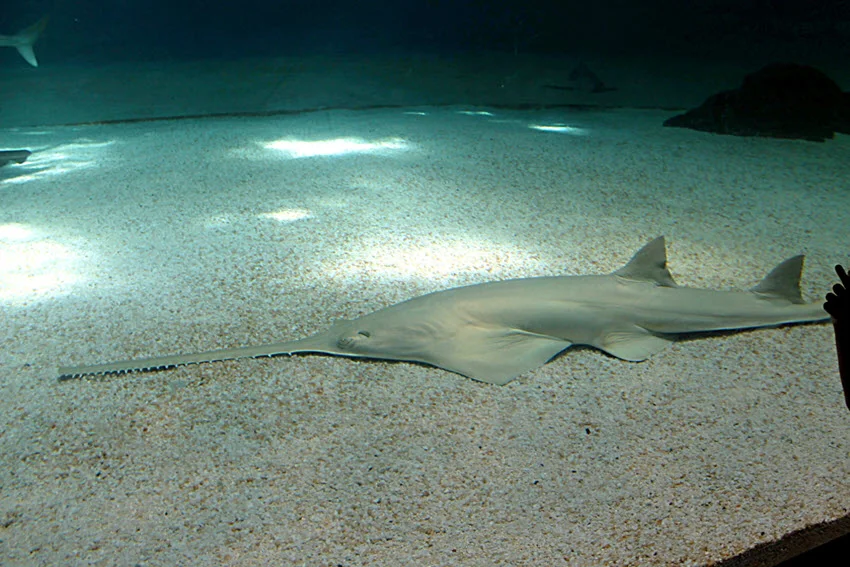
The best time to catch Sawfish is during the warmer months when they are much more active. It is not ideal to target them from late spring to summer. They will be easy to find, as they prefer the shallow, warm coastal waters of estuaries, mangroves, and river mouths. Go fishing in the early morning or late afternoon when the water is cooler but still warm enough.
Sawsharks stick to the deep sea and can be caught throughout the year, but they are more active in the spring and fall when the water temperatures are moderate. Like the Sawfish, target them in the early morning or evening, when they tend to hunt more actively and aggressively.
Regarding feeding, both fish have unique hunting techniques and different tastes. These saw-wielding predators have evolved to hunt in ways that use their various snouts as powerful tools. Let's find out what and which food they prefer below.
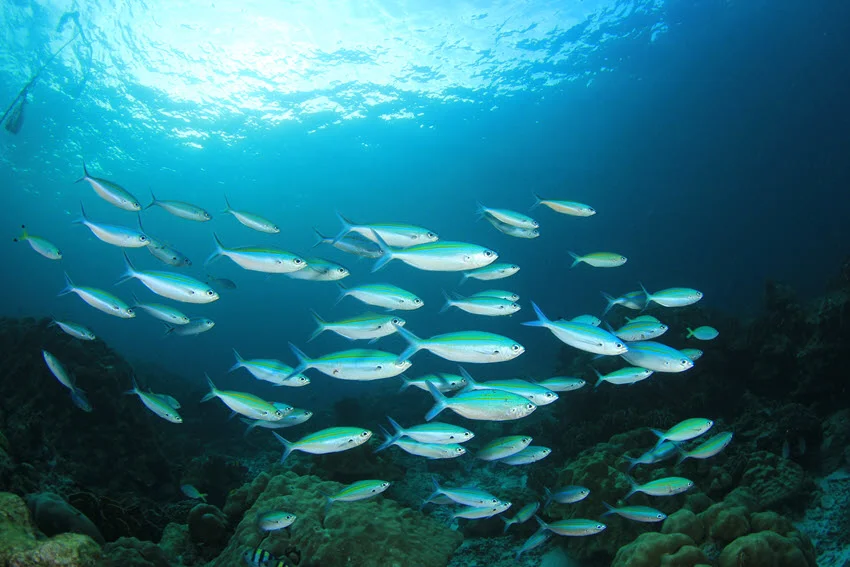
The Sawfish menu consists primarily of fish and crustaceans, but their favorite foods include small schooling fish such as mullet, sardines, and herring, as well as Catfish and different types of rays. Since they have serrated snouts, known as rostrums, hunting is significantly more accessible, especially for breaking through schools of fish, stunning or wounding multiple targets simultaneously.
This allows them to feed efficiently in open water and hunt near the seabed, digging through sand or mud to uncover hidden crustaceans like crabs, shrimp, and even smaller fish. Their ability to hunt both in midwater and along the ocean floor allows them to progress from coastal shallows to river mouths.
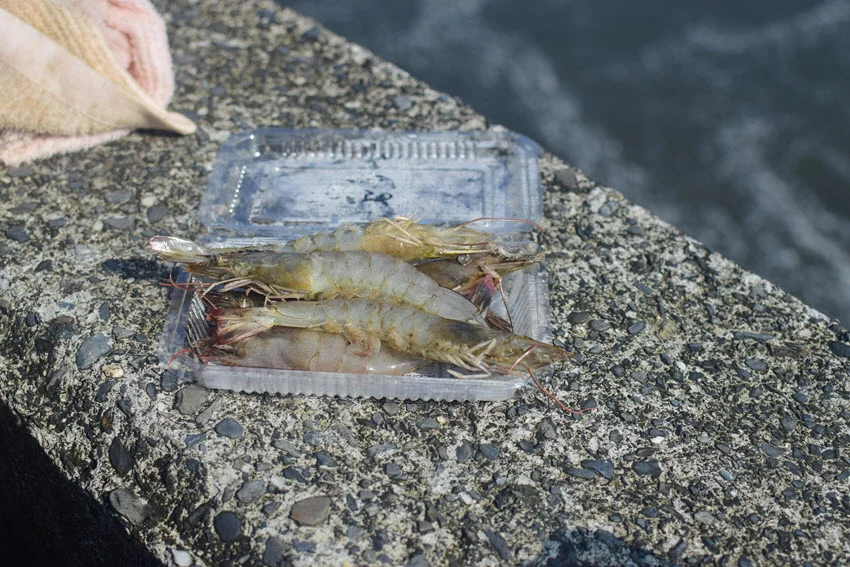
Since Sawsharks live in deeper water, their diet focuses primarily on smaller fish and bottom-dwelling creatures. Their favorite dishes include various types of small fish, squid, and crustaceans, such as shrimp and crab. Sawsharks use their powerful saws, equipped with sharp tooth-like structures, to locate and capture prey.
They also have very sensitive barbels (whisker-like sensory organs), which help them locate and quickly strike, cut, or stun their target before swallowing it. Unlike Sawsharks, Sawfish are more specialized for living in the deeper, darker parts of the ocean, where their unique hunting techniques give them a significant advantage.
Using the primary fishing weapon of these fish, but with the right approach, you can significantly increase your chances of success and land one id of these unruly fish.
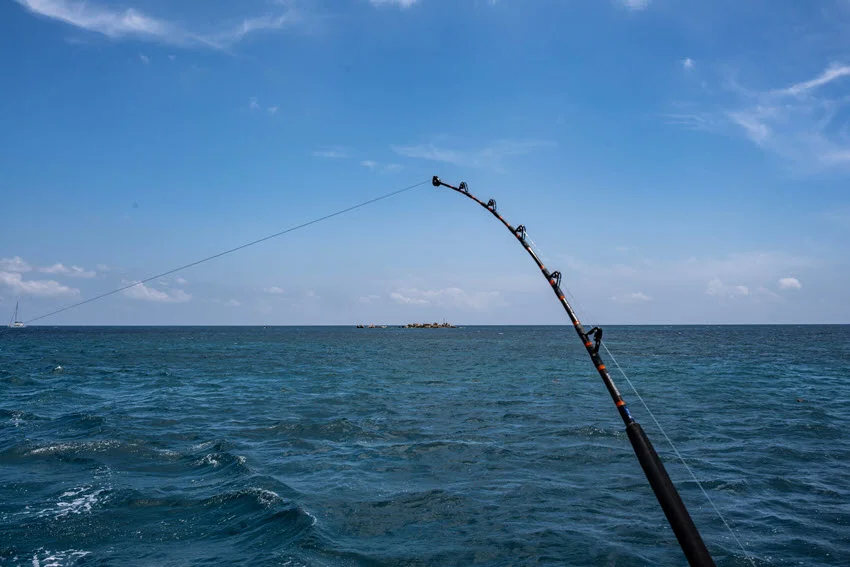
Catching Sawfish requires a careful approach, not only because of their size but also because of their protected status in many countries. The best technique is bottom fishing in the shallows or using heavy gear. It's a must because these giants can reach impressive sizes and put up an intense fight.
Trolling is also a good option because, with the help of this technique, the bait can be presented at different depths so that you can combine them throughout the seasons. Choose large, weighted baits such as live or cut fish for bait. Once you hook it, be prepared for a long and intense battle, as Sawfish are known for their strong defenses.
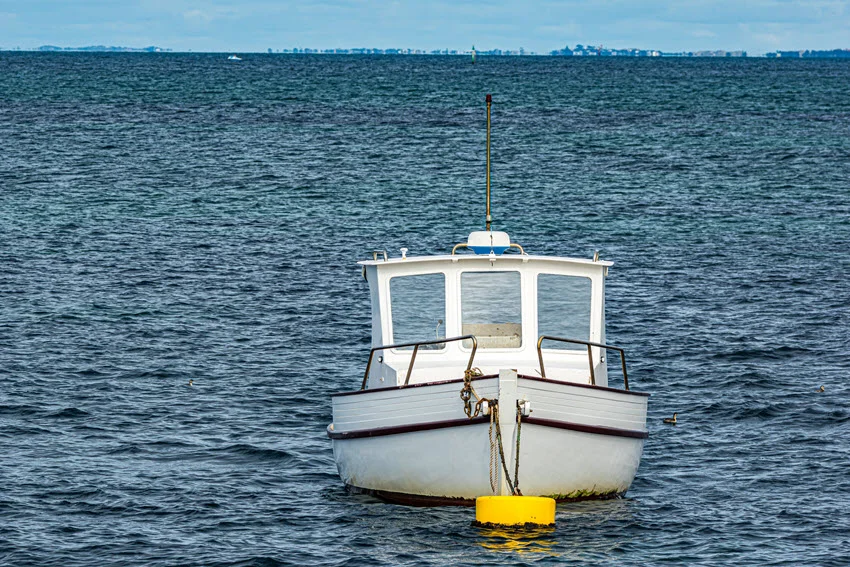
Since they prefer deep water, the best way to catch a Sawshark is to use deep gear techniques with specialized gear designed for the ocean's depths. You'll need a sturdy rod and reel with heavy sinkers to keep the bait close to the bottom of the sea, where sharks prey on small fish and squid. Good bait options include fresh crabs, squid, fish strips, or shrimp.
Drift fishing is also good, especially over deeper areas, such as underwater reefs or drop-offs. Be careful with your line, as saw sharks tend to strike quickly but don't always give strong signals. Once hooked, they can put up a decent fight, although they are not as powerful as some other sharks.
They differ in size and preferred habitat, requiring specialized gear adapted to their personality. Let's see what the ideal fishing set would be for these fish.
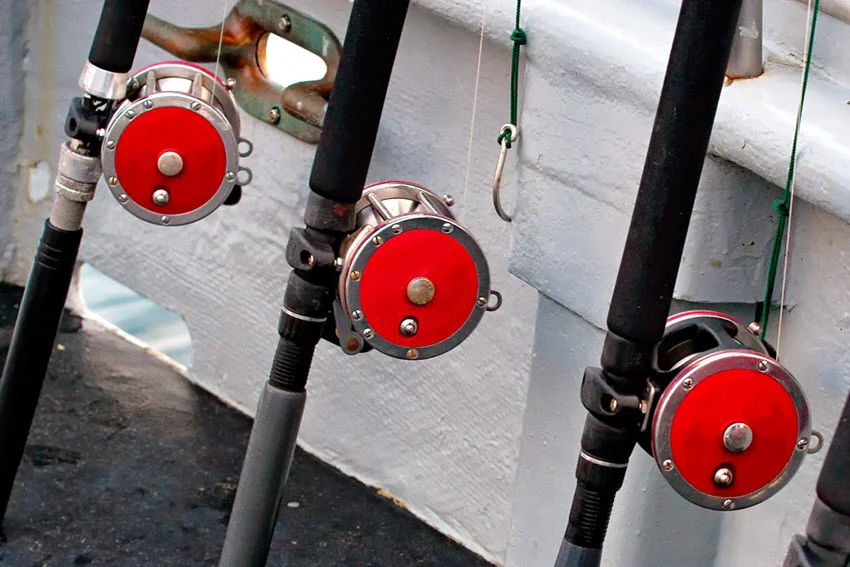
Sawfish are giant fish, so you must be prepared with gear to handle their body and character. Therefore, we recommend the following:
Sawfish should not be taken lightly, so ensure your gear is high-quality and properly maintained. Also, be aware of strict rules; since it's a massive fish, take care of your safety first.
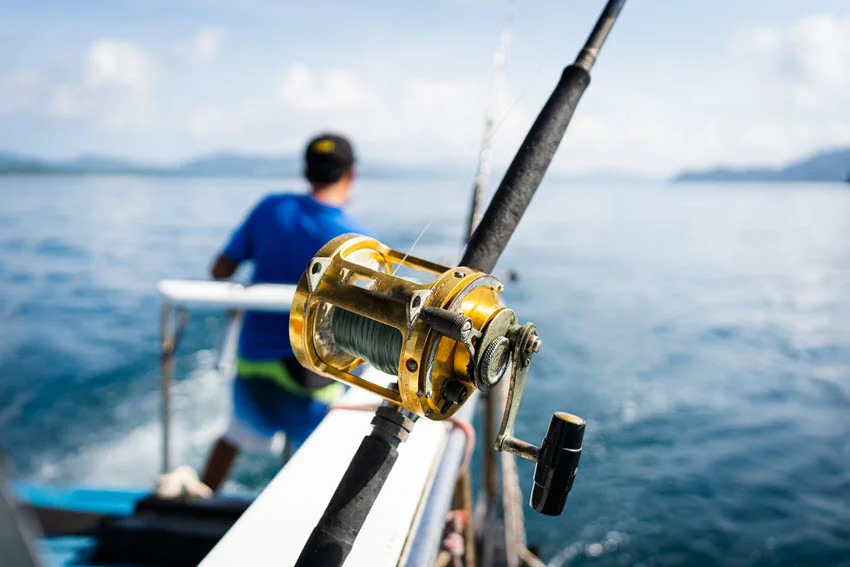
Sawsharks are smaller than Sawfish but require careful gear selection to ensure success and minimize effort during combat.
Although far smaller than other sharks, Sawfish also demand well-maintained, durable equipment. This will help you more easily deal with the fight and take down these fascinating creatures.
If you ever wondered, can you eat a shark? The unique flavors of Sawfish and Sawshark offer a culinary adventure worth exploring. Their meats have distinctly different textures and tastes, making the comparison all the more fascinating.

A mild, slightly sweet taste dominates the meat of this fish. It is firm and similar to Swordfish or shark meat, which makes it ideal for grilling because its firm meat holds up well on the grill and absorbs marinades and spices nicely.
It is often marinated in a mixture of citrus, herbs, and spices before being grilled. The meat's natural sweetness pairs well with sauce flavors such as garlic butter, lemon caper, or spicy tomato. It's great for pan-searing and even frying.

Sawshark has a more pronounced, coarser flavor than Sawfish, with a firm but slightly more tender texture. Its flavor is typical of sharks, strongly marine, and it is prepared primarily by grilling, which helps bring out the rich, natural flavors while keeping the texture firm and juicy.
Marinating in citrus or vinegar-based mixtures like Sawfish helps tenderize the meat and balance its gamey flavor. Sawshark can be grilled or pan-seared until, and for an adventurous twist, some chefs enjoy frying it in fish tacos or sliced into steaks for stews.
Sawfish and Sawshark are undoubtedly enjoyable for both beginners and experienced players. Both have an aura of exclusivity that makes even beginners believe that they're easy to grasp.
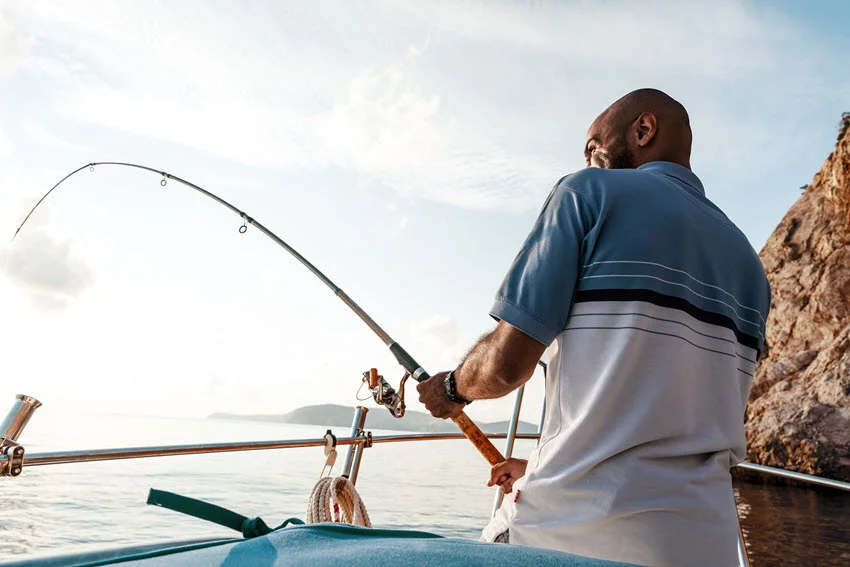
It is a challenging task for novice anglers. However, if you are a beginner at hunting just this fish, it doesn't have to mean that you don't have any fishing experience that you can't use here.
Sawfish is not easy for a beginner angler, but it can still be possible with the right approach and high-quality gear. No matter your fishing level, dealing with these massive creatures often takes a strong team, so renting a charter for the first time is a good option.
Why choose Sawfish?
The accessibility, gear-experimenting possibilities, and specific appearance provide beginners with a great opportunity to get to know Sawfish in an intensive but attractive way.
Sawshark hunting is particular. They are not big fish, but elusive hunters are known for speed and agility, suitable for less experienced anglers.
Why choose Sawshark?
These fish will satisfy your beginner skills, but can also overwhelm you since they can sometimes be exhausting. What you can be sure of is that they will test your limits and leave you with stories to tell.
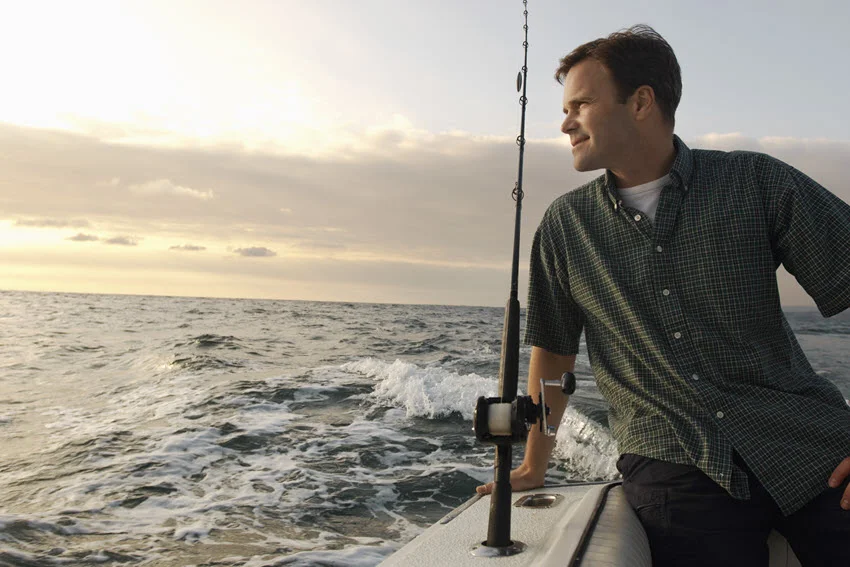
These two fish are like two sides of the same coin! From the Sawfish's sheer size and dominance to the Sawshark's superpowers of speed and agility, there's no way any experienced angler won't be intrigued.
As symbols of ultimate dominance and raw power, Sawfish are prehistoric-looking creatures that require advanced techniques and gear. As one such ultimate challenge, you will need both gear and courage. Here is a sneak peek of all the pleasures it can bring you.
Why choose Sawfish?
The search and catch when the Sawfish bite is the ultimate combination of physical challenge, technical precision, and concern for nature conservation.
Sawsharks are fast, deep-water predators that are not easily fooled, and their aggressive strikes will test even the most prepared.
Why choose Sawshark?
Ultimately, choosing the right fish may not be so important if you can afford to catch both, but even if you don't, they are true superstars with unique appearances.
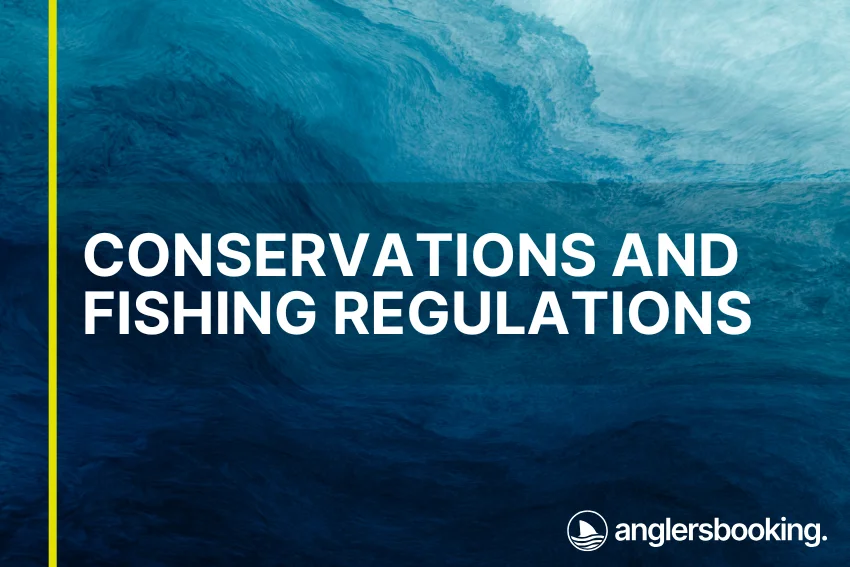
Understanding fishing regulations and preserving specific fish species contributes to protecting fish populations and ecosystems and promoting responsible angling practices.
Anglers Booking team
The popularity of these fish is unquestionable, but unfortunately, that comes with a price. Both fish face significant threats from overfishing, habitat destruction, and bycatch. The Sawfish is listed explicitly as critically endangered, so most regions have implemented strict laws.
So anglers who accidentally hook a Sawfish must follow particular release protocols to avoid harm. Sharks, although not as endangered, face pressures from commercial and recreational fishing, so it is essential that anglers comply with regional regulations on size and bag limits or mandatory catch-and-release practices.
Current conservation efforts for Sawfish and Sawsharks depend on local regulations, international cooperation, and dedicated organizations. Groups such as the International Union for Conservation of Nature (IUCN) and the Save Our Seas Foundation care for Sawfish and have prioritized their protection. They focus on habitat conservation, reduction of bycatch, and stricter regulations.
Although Sawsharks are not as critically endangered, conservation efforts are still crucial. The Marine Stewardship Council (MSC) and other organizations promote sustainable fishing practices that help reduce shark bycatch. The combined efforts of these organizations enable these species to recover and ensure their survival for future generations.
One of the most significant yet simplest ways anglers can contribute is by following local fishing regulations, which often include catch-and-release requirements. Then, they should follow proper handling techniques, such as using noninvasive equipment, minimizing the time the fish spends out of the water, and avoiding damaging sensitive body parts like a nostrum.
Anglers can also help by reporting any bycatch to local wildlife authorities or conservation organizations. These reports are valuable for monitoring populations and developing future conservation strategies.
After a fascinating comparison between Sawfish and Sawshark, it is clear that these fish differ in remarkable ways. From the habitat, food habits, and even the techniques required, hunting them is quite a complex but extraordinary journey. Two different fish species share a specific appearance, making them very attractive! Therefore, both species enchant anglers and ocean lovers and can contribute to their happy lives and the population!
Now tell us what you think of this comparison and if you have a favorite! As always, drop us a line or two in the comments below, and let's keep the conversation live while discussing and sharing insights about fish with saw!

The expert copywriters at Anglers Booking have meticulously crafted this article. Our dedicated team of writers provides valuable insights and information to enhance your angling experience.
Embark on unforgettable fishing adventures with us at Anglers Booking.
book your charterOctober 17, 2025
October 15, 2025
October 10, 2025
October 11, 2025
October 4, 2025
September 29, 2025
September 25, 2025
September 21, 2025

You're now part of our exclusive community. Get ready for premium content and updates straight to your inbox.
close
Subscribe to our newsletter and receive a selection of cool articles every week.
Please enter a valid email address.

Be the first to know when we're back in action.
Please enter a valid email address.
Leave a Comment
Your email address will not be published. Required fields are marked *
Thank you for your comment! It has been submitted for review and will appear on the site shortly.